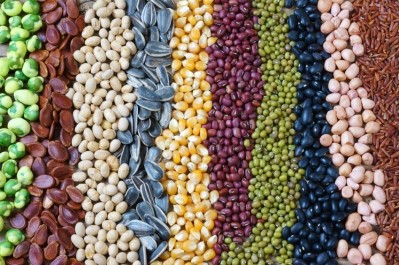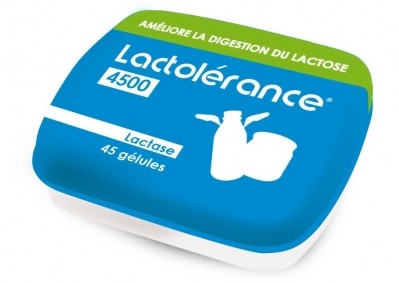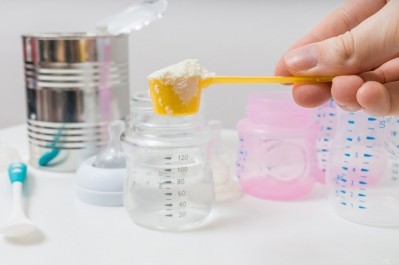Nestlé files patent for hypoallergenic potato protein infant formula

Writing in its international patent, the nutrition major said its blend made from potato protein microparticles, carbohydrate and fat provides a suitable nutrient profile for infants under the age of 12 months with allergies to alpha-lactalbumin (aLA), beta-lactoglobulin (bLG) or bovine serum albumin (BSA) typically found in cow's milk proteins like bovine whey and casein.
Nestlé said that whilst industry has developed a number of hypoallergenic formulas using hydrolysed cow's milk proteins to reduce allergenicity, these proteins are “highly processed” which can be viewed unfavourably, impact taste and increase costs.
“Accordingly, there is a significant need for nutritional compositions for infants that comprise less potential allergens, and preferably which require minimal processing, have good taste and have low cost. In particular, there is a need for infant formulas that are suitable for administration to infants with cow's milk protein allergy,” Nestlé wrote in its patent filing.
Plant-based alternatives
Nestlé said ingredients like soy and rice protein could be considered alternative protein sources but are not suitable for infant formula for several reasons.
Soy-based nutritional compositions, it said, are not recommended for infants under 12 months because of the risk of cross-allergic response, according to the European Society for Paediatric Gastroenterology, Hepatology and Nutrition (ESPGHAN), and rice-based nutritional compositions do not have the correct amino acid profile and tend to be insoluble.
Using rice, therefore, requires partial hydrolysis and the addition of numerous free amino acids which adds to the cost of the formula. And whilst infant formulas can be developed without amino acids for infants with severe cases of multiple allergies, Nestlé said ESPGHAN guidelines indicate such formulas should not be used as a first line solution in the case of cow's milk protein allergic infants.
Potato protein, Nestlé said, could provide a “naturally hypoallergenic infant formula” because it is“naturally absent” in the major food allergens found in milk and soy and has a “well balanced” amino acid profile, closer to that of human milk than rice or soy protein.
Use of potato protein therefore provides a more cost-effective formula with a better taste profile, compared to hypoallergenic formulas on the market, it said.
Microparticle power
Nestlé said the formula specifically incorporates protein microparticles because this improves processing, increasing total solids concentration to at least 40% and reducing viscosity for improved spray drying.
“Without wishing to be bound by theory, the inventors believe that the particle size and solubility properties of the potato protein microparticles provide an increase in their heat stability, reducing the formation of interactions during subsequent concentration and heat treatment, improving emulsion stability,” the company wrote.
Using regular potato protein, by contrast, leads to coagulation, making it “extremely difficult to process”.
Nestlé said potato protein microparticles are obtained through a heat-treatment step at 80-90°C for 10-30 minutes and subsequent homogenisation of non-aggregated potato protein.
Ideally, the microparticles should represent the majority of total protein in the infant formula, between 50-95% by weight of total protein, ideally 75%. Other non-dairy, plant proteins like pea, rice, quinoa, oat, sunflower, coconut or even algae can make up the rest, although Nestlé said it is possible to develop a formula with 100% potato protein which is ideal.
Typically, total protein content in the formula should be between 1.8-3.2g per 100 kcal or 3.5-4.5 wt.%.
Overall, Nestlé said the blend must contain 9-14g carbohydrates and 4.0-6.0g lipids per 100 kcal. It is also possible to add ingredients like vitamins, minerals lactose, probiotics and nucleotides, if desired.
Source: WIPO International Patent No. WO/2018/115340
Published: June 28, 2018. Filed: December 21, 2017.
Title: “Infant formula for cow's milk protein allergic infants”
Authors: Nestec S.A – A. Thevenier, G. Marchesini and S. Schuh









